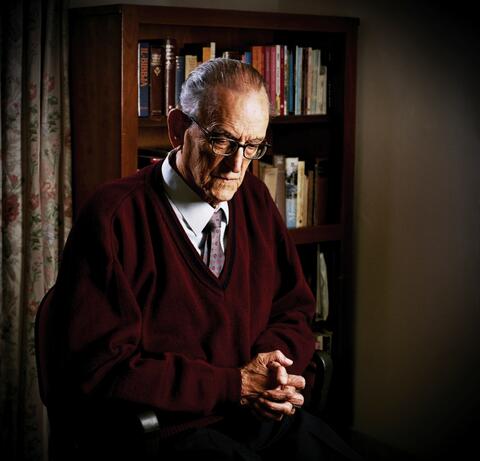
Area dell'identificazione
Codice di riferimento
MT NAM PHO-2-67
Titolo
Date
Livello di descrizione
Unità documentaria
Consistenza e supporto
Area del contesto
Nome del soggetto produttore
Istituto conservatore
Storia archivistica
Spiteri - known as Kilin, the name by which his mother used to call him - was born in Rabat in 1917. He studied at the Lyceum from where he matriculated in 1934. He served as customs officer (1935-41) and in other sections of the civil service (1941-75).
Kim published a series of five booklets on the chapels in the Maltese countryside: Kappelli u Knejjes Zghar (1967), Nistqarr (1968), Djar is-Sultana (1969), and Osanna (1978). Wayside Chapels (1966) is the English version of the first one while A Maltese Mosaic (1990) is the updated English version of the four books in Maltese.
Burdati (1970) and Burdati 71 (1971) were Kilin’s first tentative venture into the realm of poetry and short-story writing. A collection of essays in Tlikki Tlikki ma’ Wenzu (1972) was followed by Hawn Ahna, Wenz (1991). Fuq ll-Ghajn ta’San BastJan (1973, 1975, 1977, 1985, 1993), easily the most popular of Kilin’s works, consists of his childhood memories in the twenties. Wara l-Ghajn ta’ San Bastjan (1994, 1996) and Iz-Zmien Isajjar il-Bajtar (1996) continue the memoirs of his boyhood and youth.
Kilin’s three novels differ widely from each other not only in plot and treatment but even the period of time: past, future, and present. L-Ghafrid (1975), Tmint Ijiem fi Dragunara (1984) also a prize-winner, It-tapit Imsahhar (1995), and Tinsiex Publius Tinsiex (2003). He translated L-Alla lima Nemminx Fih (1983) from Spanish.
Kilin’s varied interests include music, painting, chess, and the stage. As he roams the beloved countryside, his dialogues with ‘Wenzu’, his portable radio, often express his bitterness at the fast- disappearing characteristic environment and popular customs. But even then, a deep nostalgia assuages the pain, even if it does not heal the wound.
Modalità di acquisizione
Area del contenuto e della struttura
Ambito e contenuto
Valutazione e scarto
Incrementi
Sistema di ordinamento
Area delle condizioni di accesso e uso
Condizioni di accesso
Condizioni di riproduzione
Lingua dei materiali
Scrittura dei materiali
Note sulla lingua e sulla scrittura
Caratteristiche materiali e requisiti tecnici
Strumenti di ricerca
Area dei materiali collegati
Esistenza e localizzazione degli originali
Esistenza e localizzazione di copie
Unità di descrizione collegate
Area delle note
Identificatori alternativi
Punti di accesso
Punti d'accesso per soggetto
Punti d'accesso per luogo
Punti d'accesso per nome
Punti d'accesso relativi al genere
Area di controllo della descrizione
Codice identificativo della descrizione
Codice identificativo dell'istitituto conservatore
Norme e convenzioni utilizzate
Stato
Livello di completezza
Date di creazione, revisione, cancellazione
Lingue
Scritture
Fonti
Metadati relativi a Oggetto digitale
Nome del file
Book_Spiteri_Kilin.jpg
Latitudine
Longitudine
Tipo di supporto
Immagine
Tipo MIME
image/jpeg
